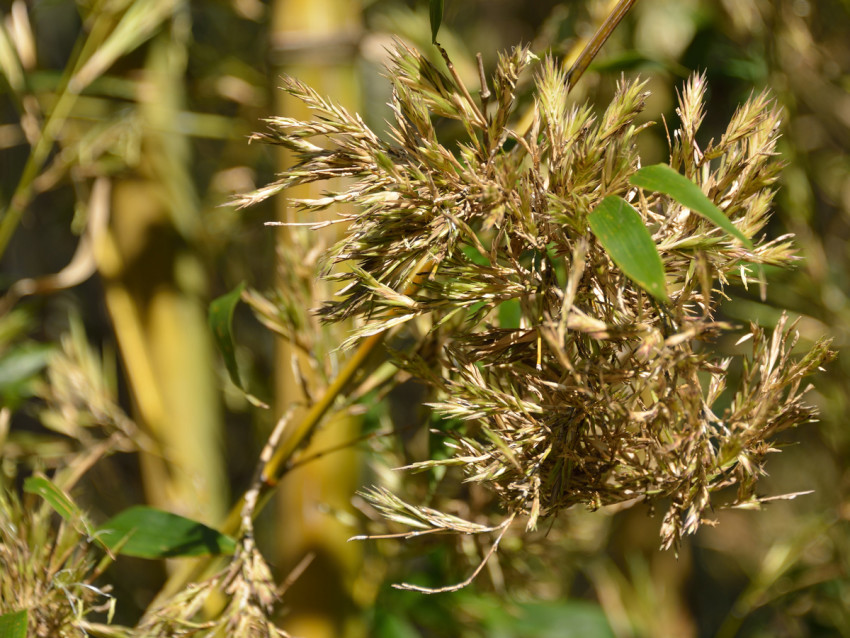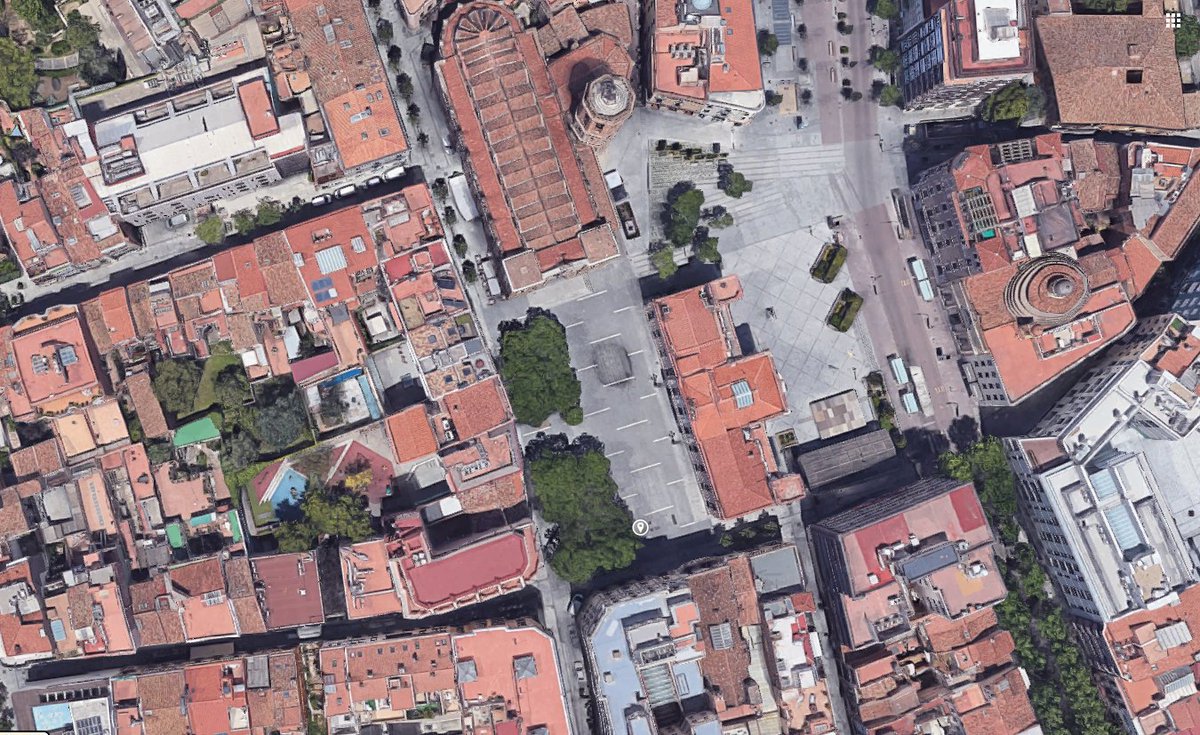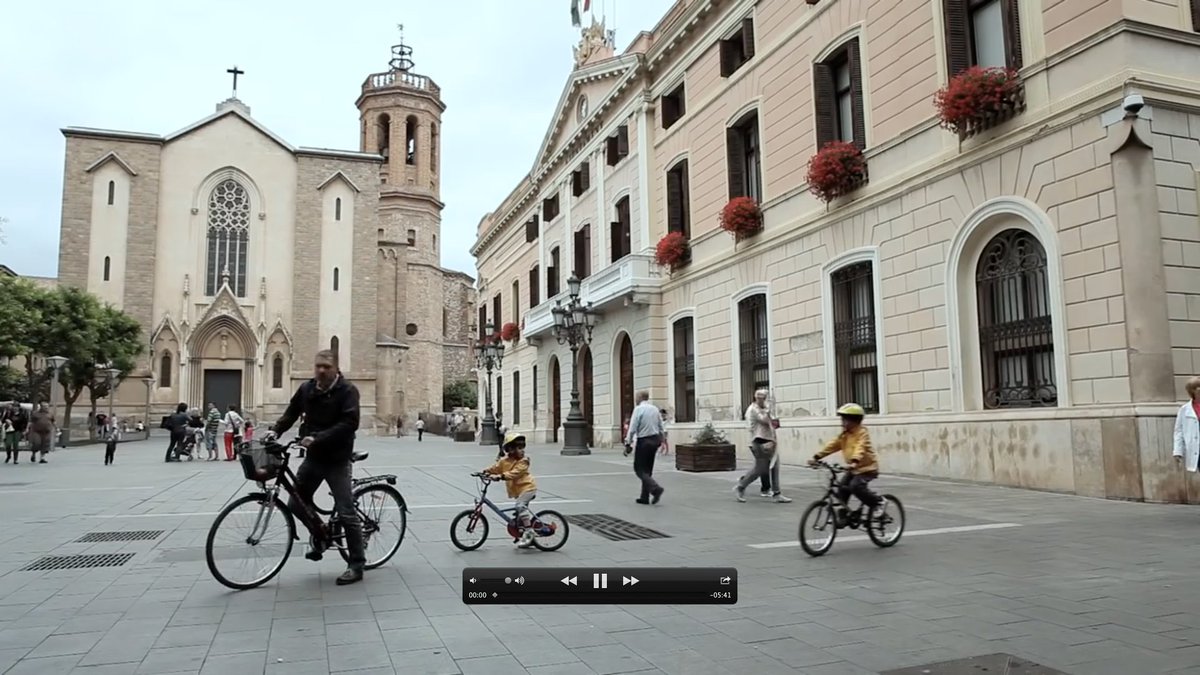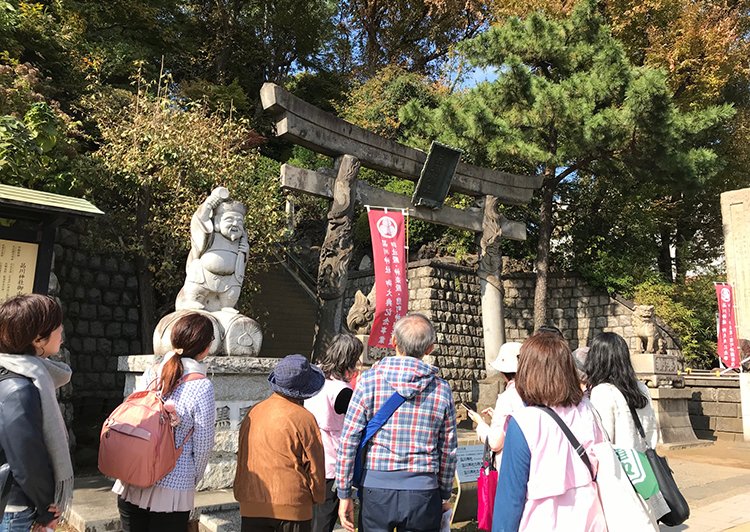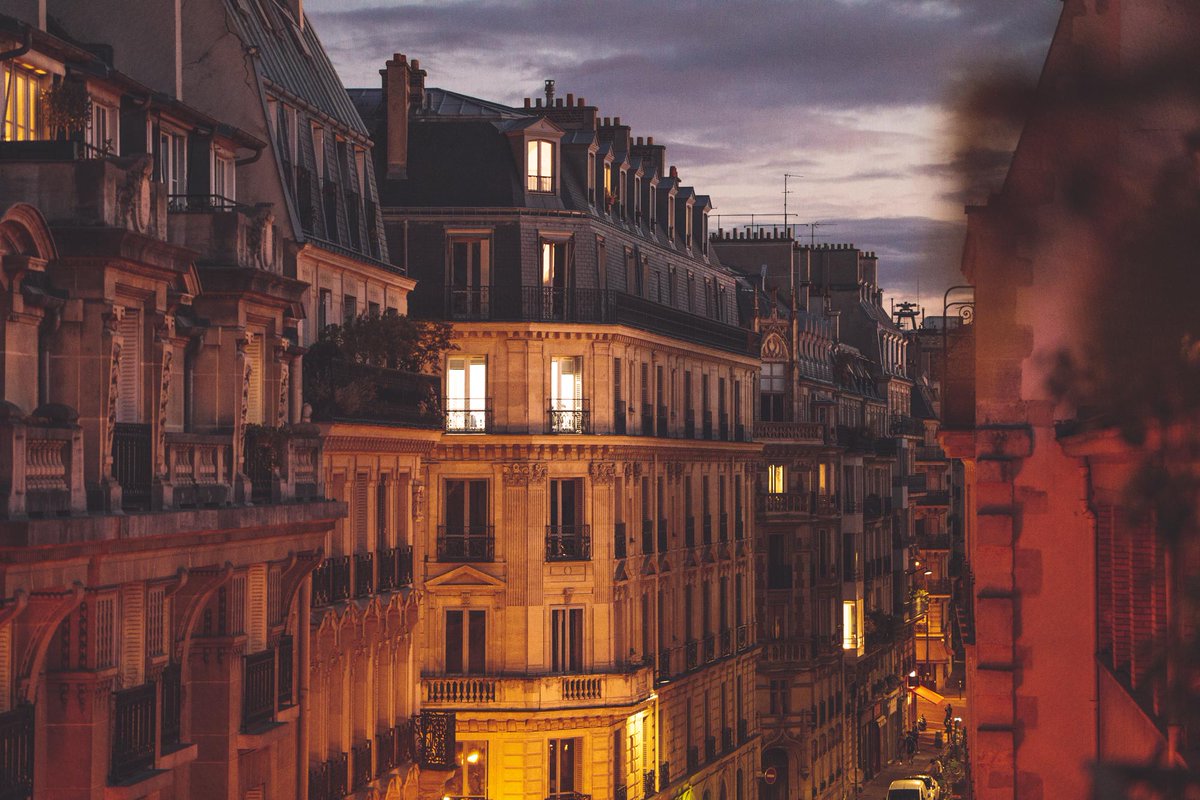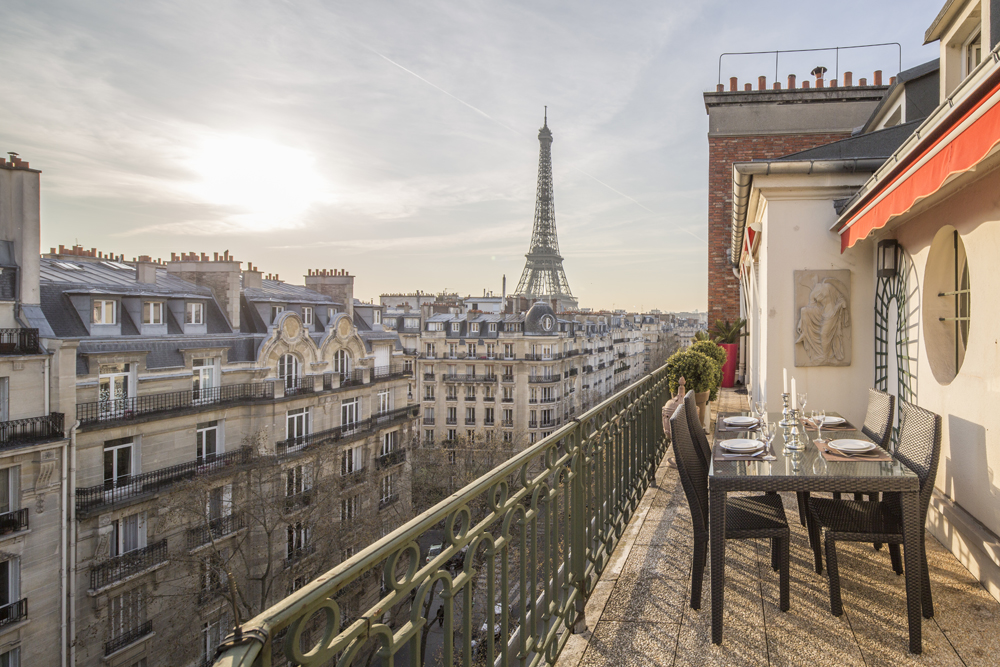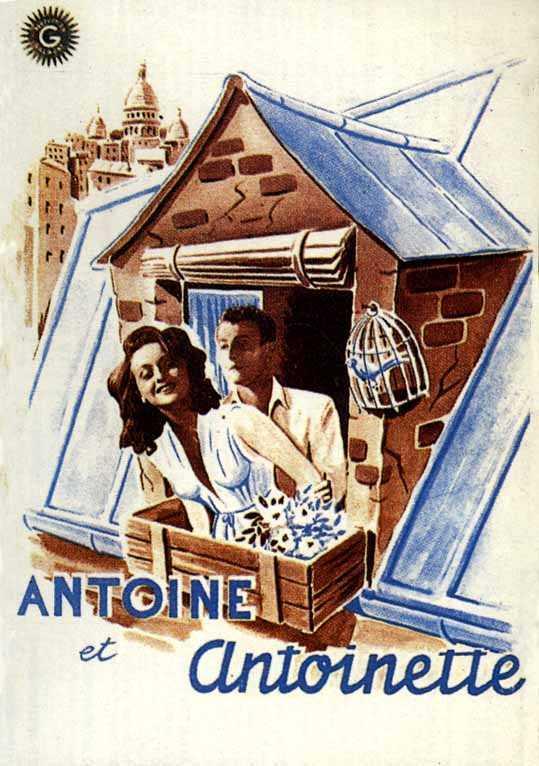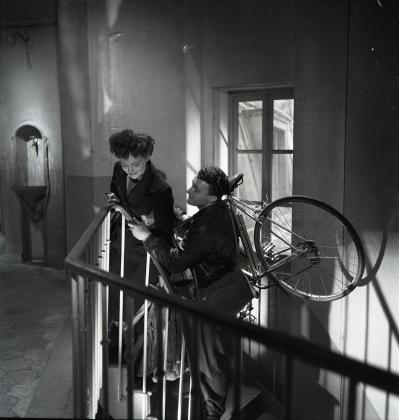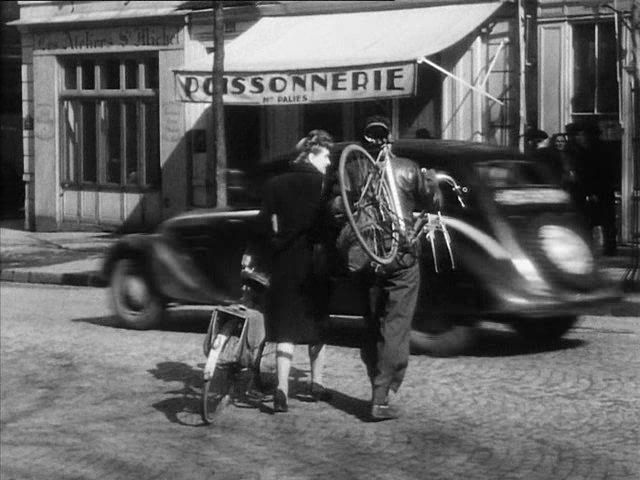
Until the late 19th c. the majority of people in Japan grew, spun, wove, and made their own clothing and dyes. Old clothing was never discarded, it was stitched and mended and re-dyed for generations. Given the name "boro" (襤褸), very little remains today, and mostly in museums. 

Imagine wearing a coat made by your great-great-great-great grandfather and hand stitched little by little by all of their descendants and all of your siblings. The ultimate in sustainable clothing heritage. And environmentally sane. 







Since each family grew the material most suited to their own clothing, patching and mending was easy, not so much with modern materials. Dyeing was typically done at home with plants easily grown in the backyard. Unlike other dyes, indigo dye can be reused over and over again. 







An added bonus of using this plant for dyeing fabric is that it is naturally insect repellent, important if you live in an era before malaria medicine.
https://twitter.com/wrathofgnon/status/1250293656226918401?s=20
Today boro has become fashionable. The Wrath family has a policy of never throwing textile away, but our patched and mended clothes with a mixture of materials and colors do not look half as good. It is a struggle to consume textiles ethically. 



Today when I am forced to buy new clothes or textiles, I always make sure I buy only that which I can easily recycle or reuse: wool, linen, cotton, leather. I hope that my descendants will one day wear clothing that I have taken care to pass on to them. 

• • •
Missing some Tweet in this thread? You can try to
force a refresh



